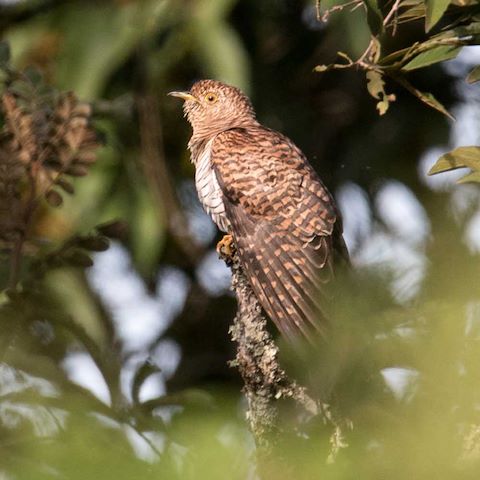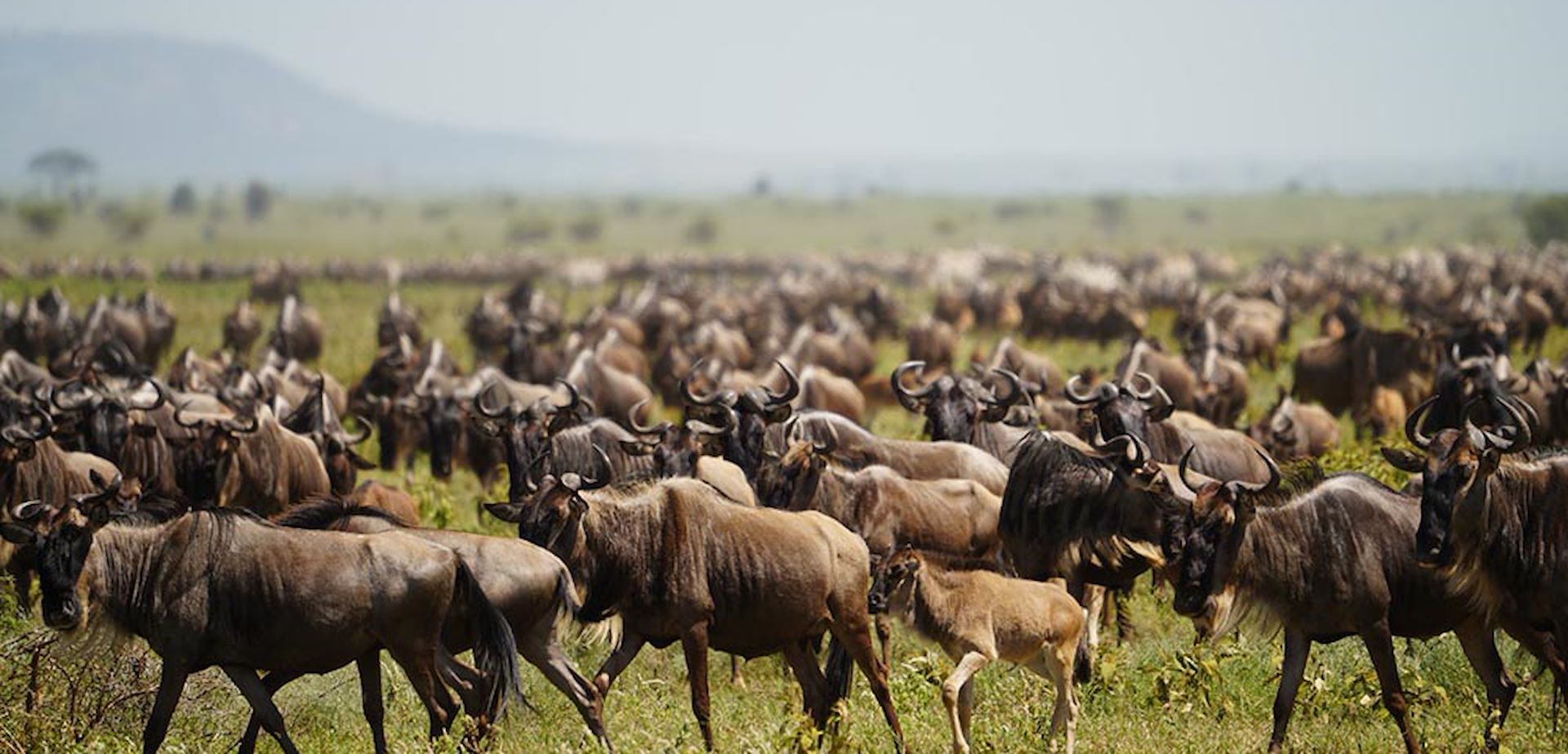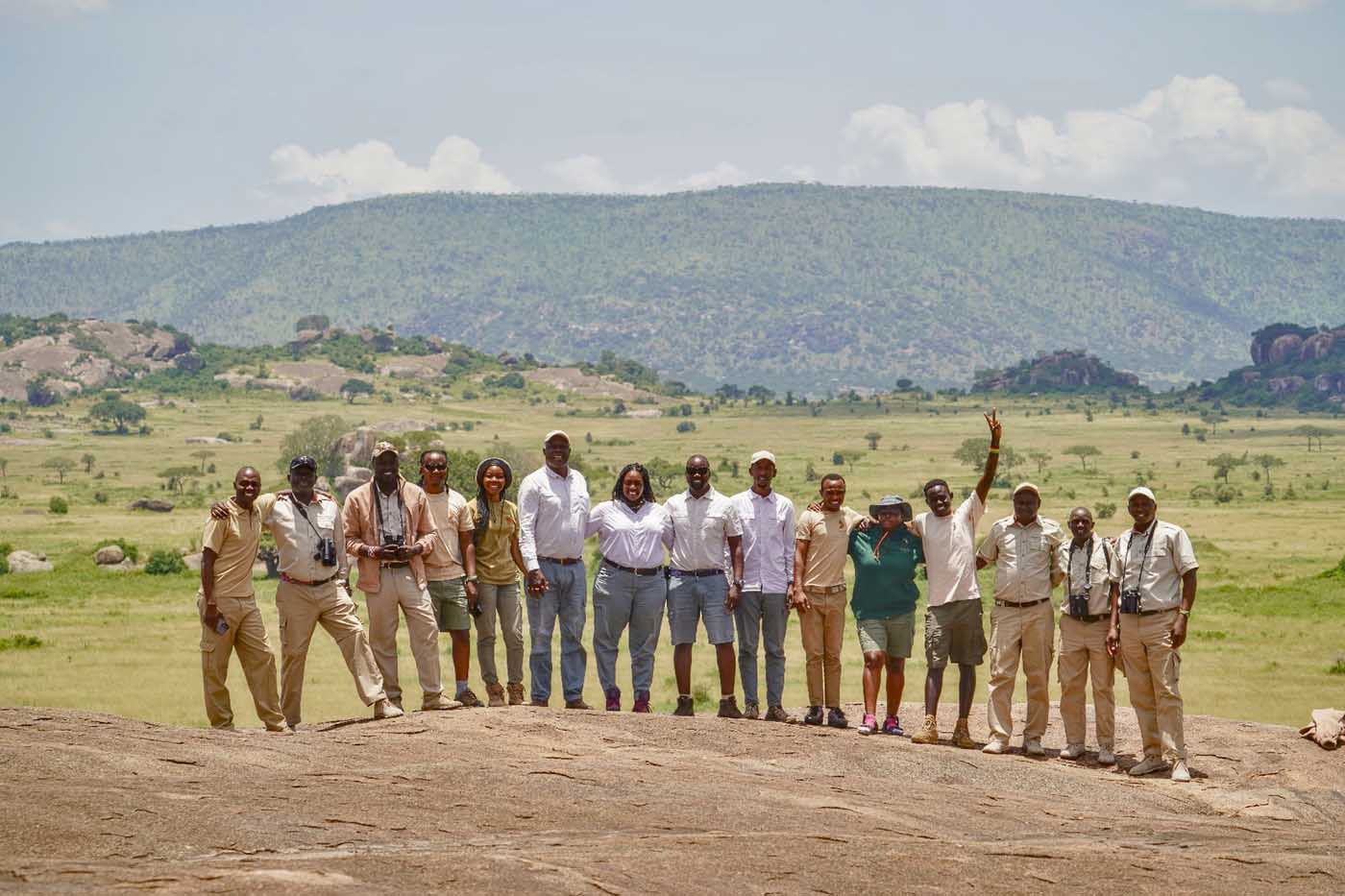The goal of these birding trips was to see how many different species of birds we could find in a limited amount of time. On the first outing, we ticked a total of 113 different species. Some of those that caused some havoc amongst the birding enthusiasts on that trip were green-headed sunbird, copper sunbird, Nubian woodpecker, and a fantastic up-close-and-personal sighting of a broad-billed roller.
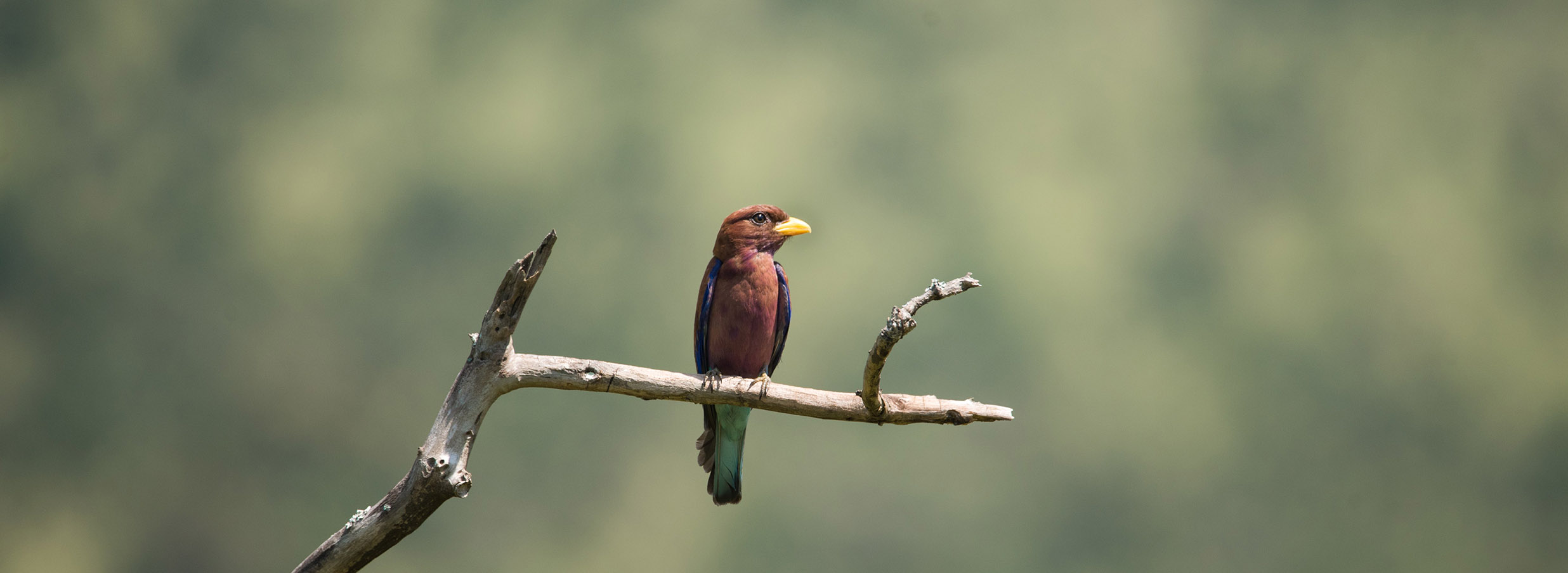
Of course, in and around Magashi, we always keep our eyes peeled for a particularly unique bird – the elusive shoebill stork. Later that day, when we were in the exact area where we might expect to see shoebills, we had a very long-distance sighting of a massive avian shape, which created something close to hysteria amongst our birding group. With pounding hearts and palpable increase in energy, we headed in the direction of the bird. Every time we got a bit closer and stopped to have another look, we got even more excited, and perhaps because we wished so much for it to be a shoebill, it started to look more and more like this enormous and unusual bird.
Finally, we were close enough for our cameras to get first confirmation shots. A pause, everyone holding their breath in anticipation… One of the members in the team even ticked it on the list, as he was so certain that we’d got it. Then, a massive cry of disappointment as we realised it wasn’t a shoebill. However, it was a pink-backed pelican! A very special bird to see in itself.
Other special sightings of the day were long-toed lapwings, a whinchat, a palm-nut vulture, a magnificent sighting of two Ross’s turacos, and finally a hepatic-phase common cuckoo, which fired up heated debates, as this rufous morph is a super rare sight, and we had to contact some of the continent’s birding specialists in order to confirm the sighting.
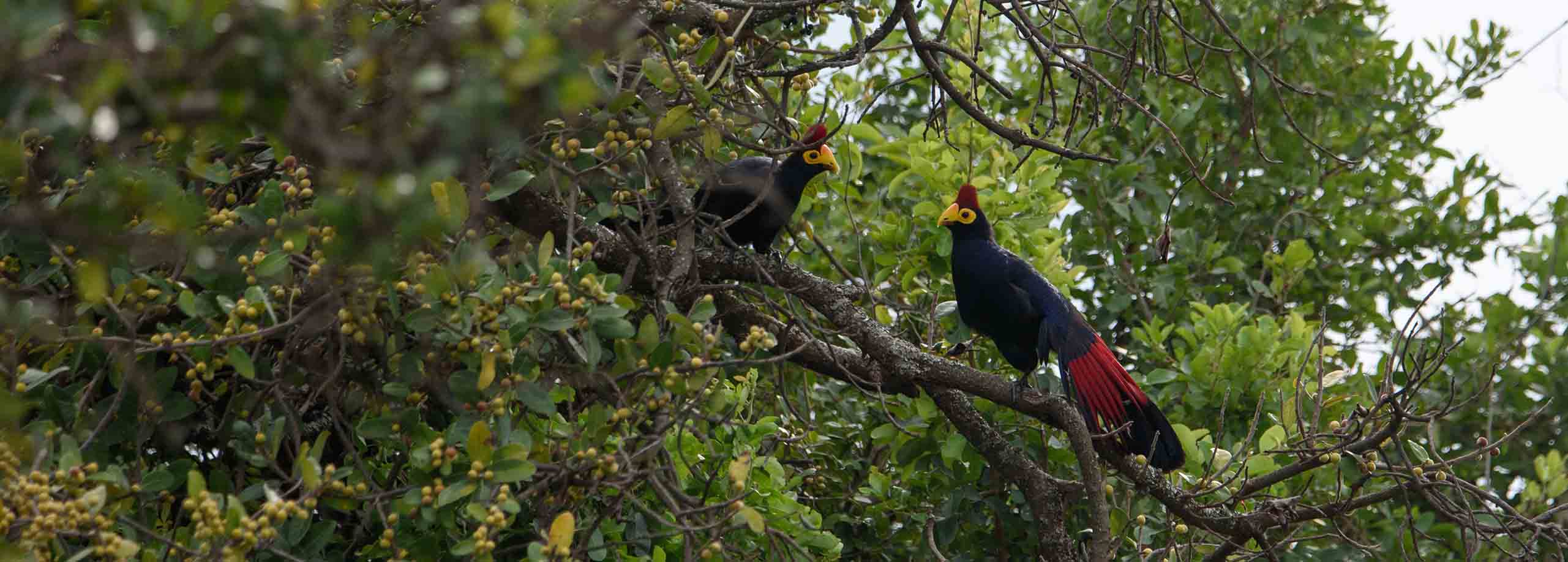
A couple of days later we set out on a second birding expedition, combined with a visit to the community. The day started off well, with a blue-spotted wood-dove, followed by a black-bellied bustard, thick-billed cuckoo, white-winged black-tit, a Verreaux’s eagle-owl – the largest owl in Africa – Ruaha chat, Tabora cisticola and a western banded snake eagle.
After a four-hour visit to the community, we made our way back to Magashi, feeling a bit of pressure as we still needed 10 more birds to beat our previous score, and the light was going fast. A fly-by of a pied crow broke the record, and we were all on high alert for the next bird. An unexpected sighting of a coqui francolin sent cheers of joy through the roof, closely followed by a Eurasian hobby, African thrush and lastly, a square-tailed nightjar. We ended that day with 115 identified bird species, of which many were quite rare sightings!
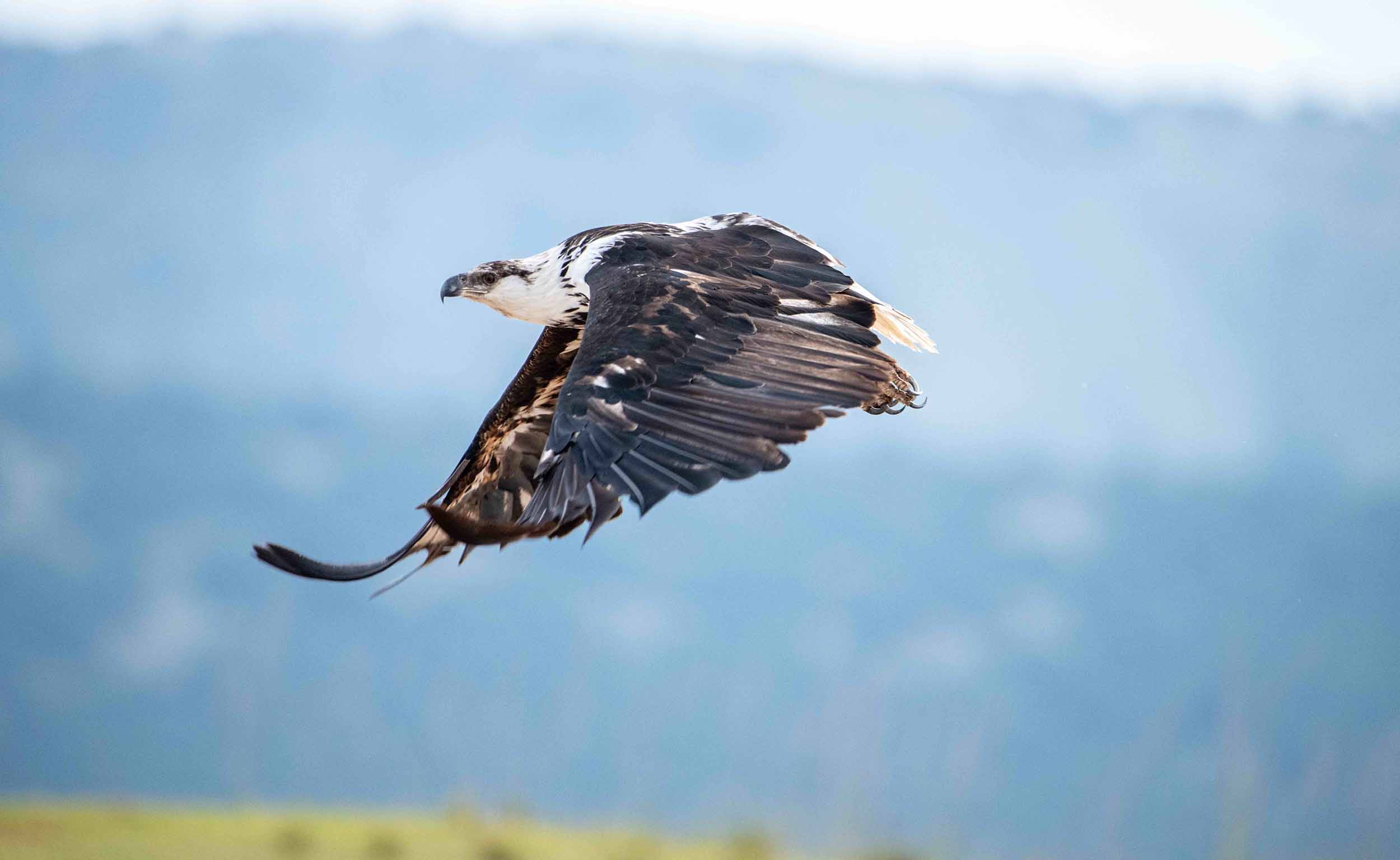
And of course, the non-feathered wildlife was spectacular as always: Most of our guests saw all of the so-called Big Five, and every guest in March saw at least one leopard while at Magashi! And for the first time, the female black rhino and her calf were spotted on the shores of Lake Rwanyakazinga. Usually staying close to their home range at Lake Mihindi, it seemed the rhino mother had taken her son on a long adventurous stroll out into the blue, and the youngster enjoyed it thoroughly.
